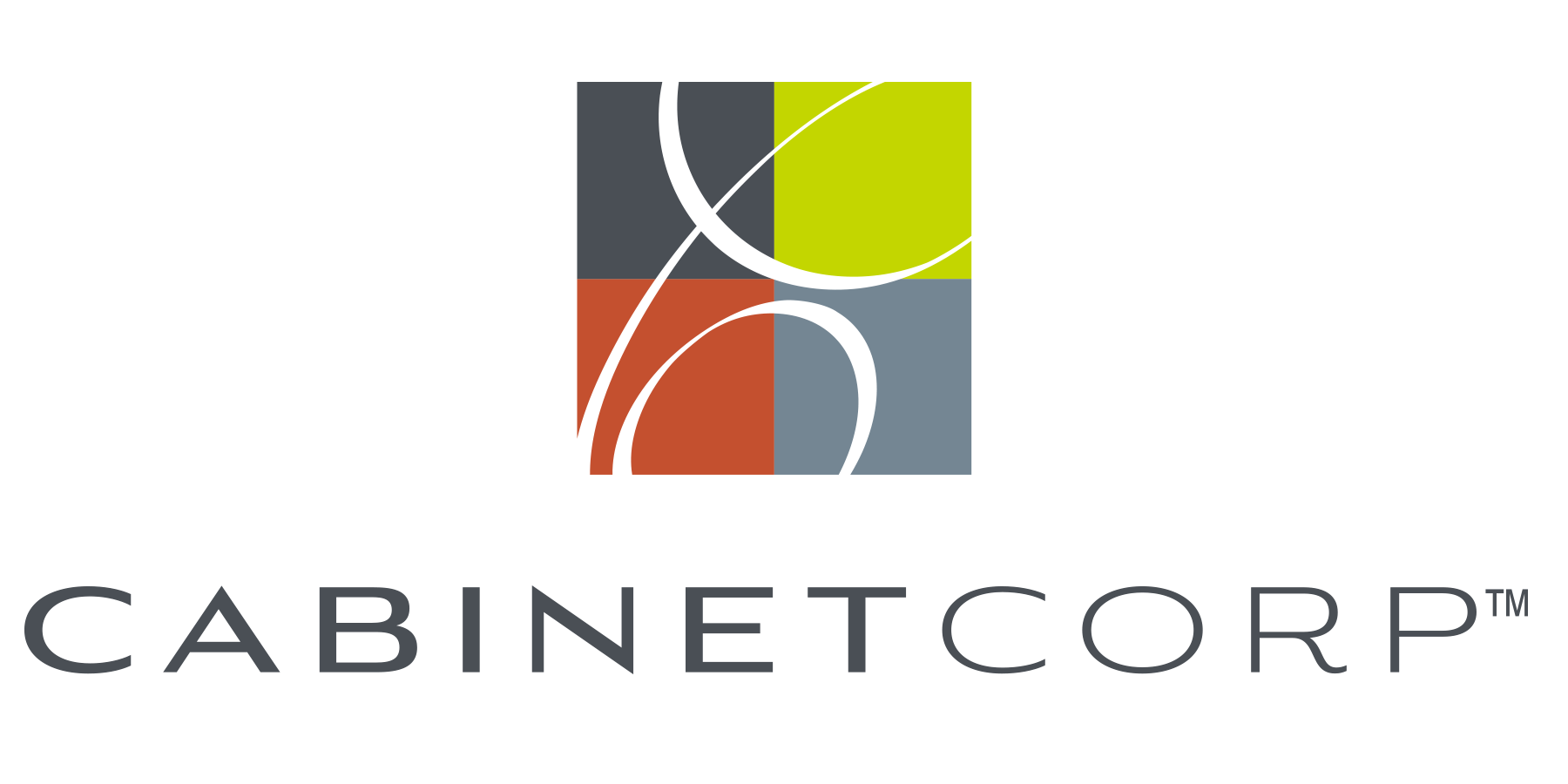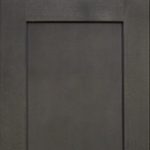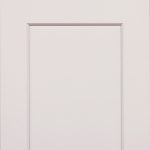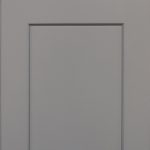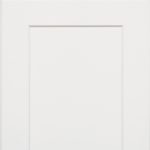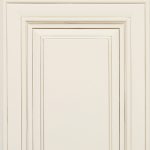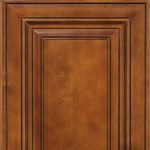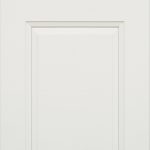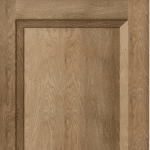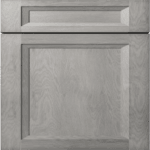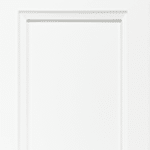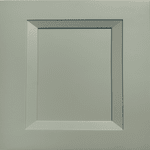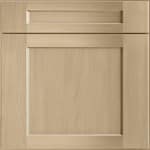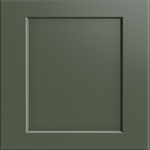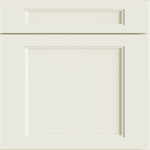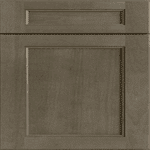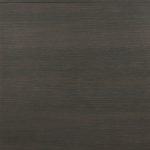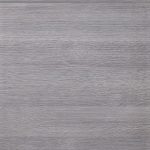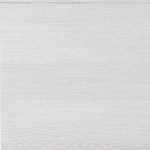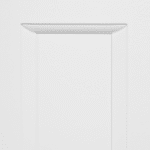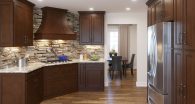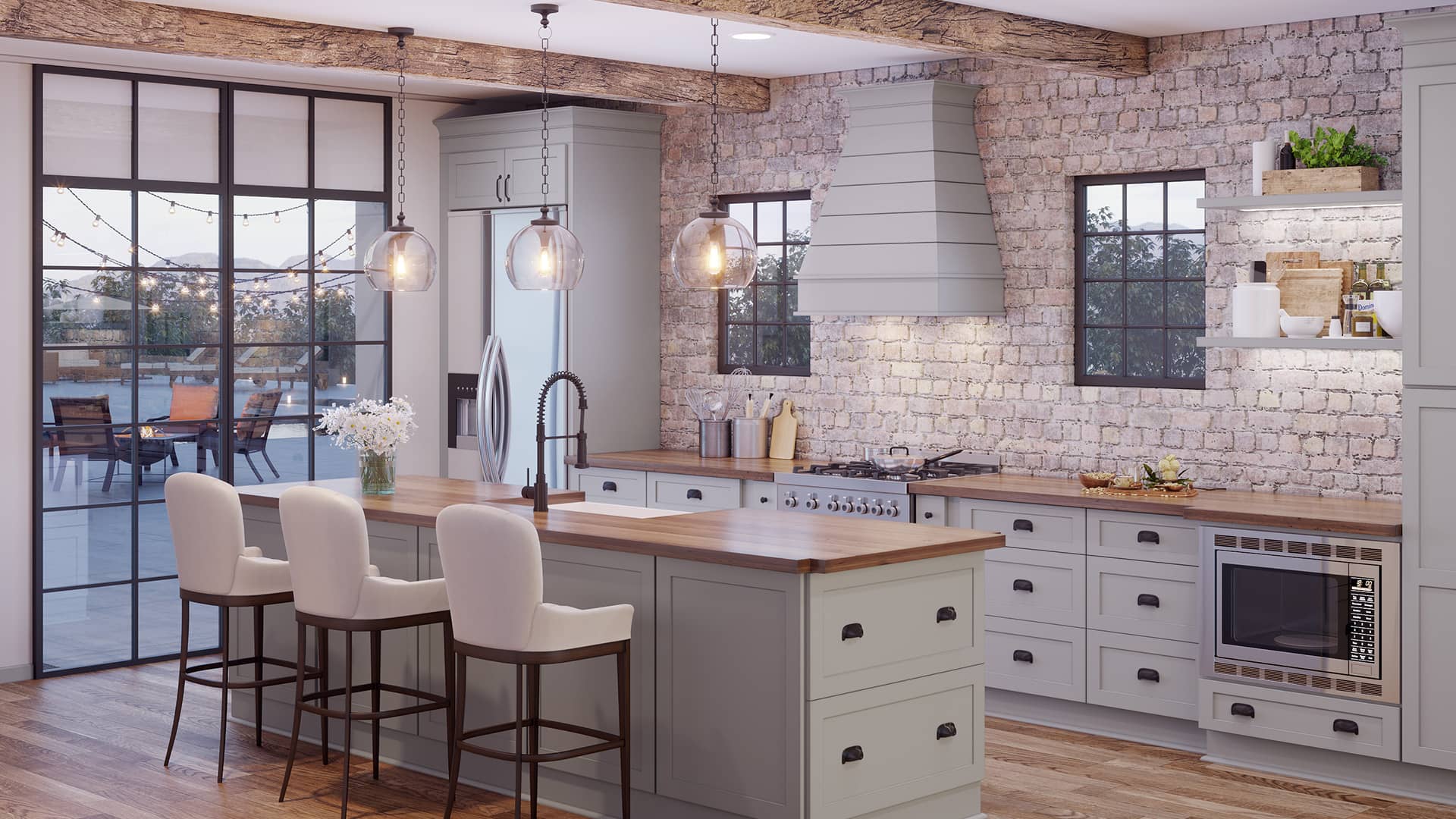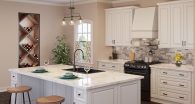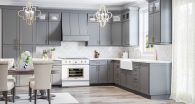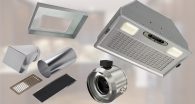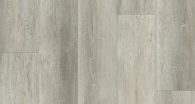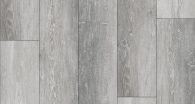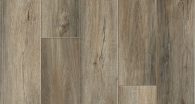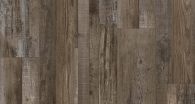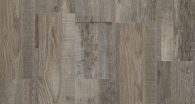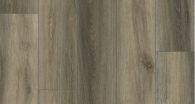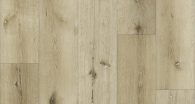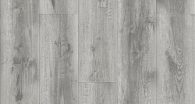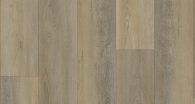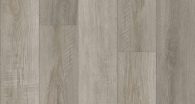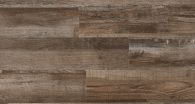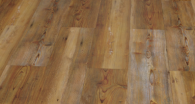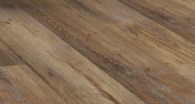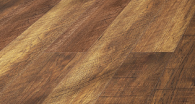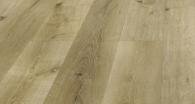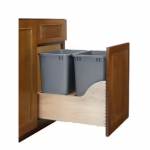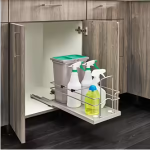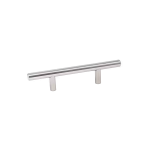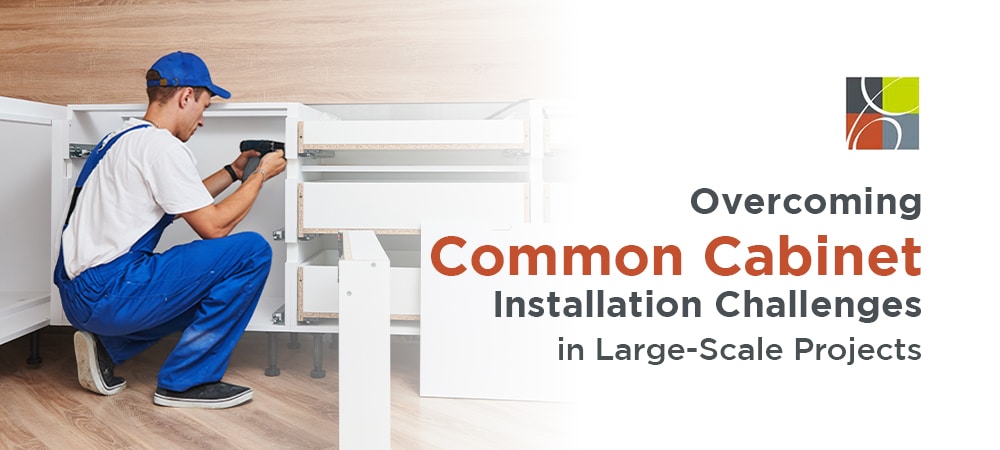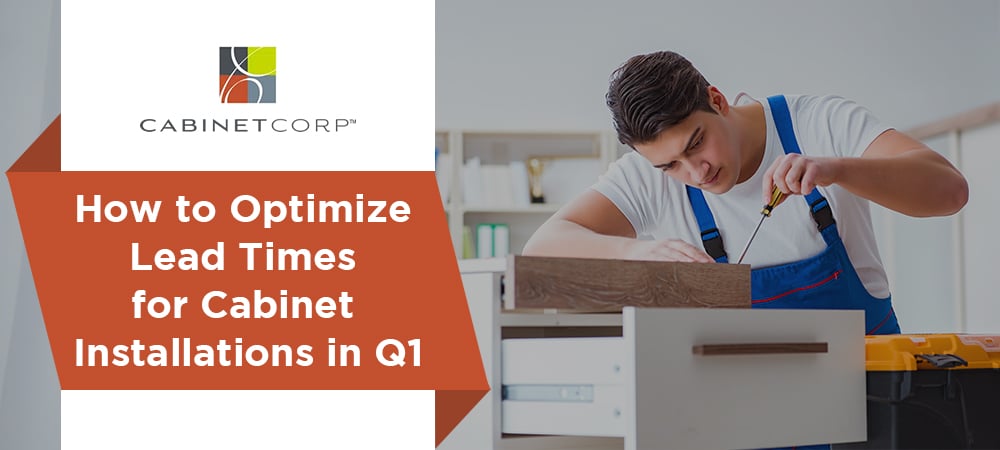Large-scale projects, whether residential or commercial, require meticulous planning and execution, especially for cabinet installation. Cabinets play a central role in the overall design, functionality, and durability of a space. Let’s explore the most common installation challenges faced in these large projects and practical solutions for overcoming them.
Common Cabinet Installation Challenges
- Inaccurate Measurements
The foundation of any successful cabinet installation lies in precise measurements. Around 30% of installation errors in large-scale projects stem from inaccurate measurements. This issue can easily snowball, leading to costly delays and frustration. Inaccurate measurements can cause cabinets to not fit properly.
This results in gaps or misalignments that compromise both appearance and function. To avoid these issues, double-check all measurements before starting the installation. Consider using digital measuring tools, which offer higher precision and help ensure your measurements are correct.
- Unleveled Installation
Uneven cabinets not only look unappealing but also impact functionality. Approximately 20% of installation challenges are because of uneven floors or walls. These uneven surfaces can cause the cabinets to sit at an angle. This can lead to significant installation issues and, if not addressed, cause long-term structural problems.
To combat this, always use laser levels and ensure your subfloor is level before starting the installation process. Laser levels provide an accurate reading and help prevent any misalignment during installation. If the floor or wall is uneven, use shims to adjust and fine-tune the leveling of the cabinets during installation.
- Improper Planning for Plumbing
Plumbing is often a tricky aspect of cabinet installation. Poor plumbing accounts for 25% of installation problems. For example, installers might improperly integrate water supply lines and vent systems. This leads to delays or the need for costly rework.
To overcome this, installers should accurately locate plumbing rough-ins before beginning installation. Plan the cabinet layout to accommodate pipes, drains, and fixtures. Good communication with plumbers is essential to ensure proper alignment of plumbing and cabinets.
- Misaligned Cabinet Doors
Cabinet doors that don’t align properly can be a major visual issue. Misaligned doors occur in about 15% of cabinet installations. This problem can arise from poor installation techniques, improper hinge placement, or the cabinet box not being square.
Use jigs and guides to ensure uniform door alignment across all cabinets. When installing doors, it’s important to frequently check for alignment and make any necessary adjustments as you go. Ensure correct placement of the hinges and hardware by double-checking them.
- Not Enough Cabinet Space
Even the most beautiful cabinets are rendered useless if they don’t provide adequate storage space. This issue occurs in roughly 10-15% of cabinet designs, leading to frustrated homeowners and a less functional kitchen. Insufficient storage is often a result of poor planning or failure to fully assess the needs of the space.
Carefully assess the storage needs of the project and plan cabinet layouts accordingly. Consider the lifestyle and habits of the occupants to ensure you design cabinets that meet their specific storage requirements.
- Misjudging Door Clearance
One common issue in large projects is failing to account for the clearance needed for cabinet doors to open fully. Improper planning of door swings can cause cabinets to bump into walls. This leads to functionality problems. Improper door clearance causes about 12% of installation challenges.
Plan door clearances meticulously, especially in tight spaces. Take into account how much space each door needs to swing open without obstruction. If you’re working in a compact area, consider installing doors with alternative opening mechanisms.
- Installing Too Many Upper Cabinets
While upper cabinets provide valuable storage space, installing too many can make a space feel cramped and unbalanced. About 8-10% of kitchen installations overuse upper cabinets. This leads to a sense of overcrowding and a lack of open space.
Strike a balance between storage and open space. While it’s important to have enough upper cabinets for storage, it’s equally crucial to maintain an airy feel.
- DIY Installation with No Experience
While DIY projects might seem like an affordable option, they can lead to expensive mistakes. Around 20% of DIY cabinet installation projects experience significant errors that result in costly rework and delays.
Inexperience leads to bad measurements, incorrect leveling, and other installation problems. Professional installers bring expertise and knowledge to the job. This ensures efficient and correct installation the first time.
- Using the Right Fasteners
Using incorrect or insufficient fasteners can compromise the stability and longevity of cabinets, especially in large-scale projects. Improper fasteners cause 5-7% of cabinet instability issues.
Consult with the cabinet manufacturer or a construction professional to determine the appropriate fasteners for the job. Securely attach the cabinets to the wall studs by using the right size and type of screws or anchors.
- Not Considering Ventilation
Proper ventilation is critical in kitchens and bathrooms, where moisture and air quality are major concerns. Overlooking ventilation can damage cabinets over time because of excessive humidity and can lower air quality. Improper ventilation causes issues for about 18% of kitchen and bathroom cabinets.
Design cabinets to accommodate range hoods, exhaust fans, or ventilation systems. Ensure that air can circulate freely around appliances and plumbing to prevent moisture buildup.
- Not Securing Cabinets to Wall Studs
Failing to secure cabinets to the wall studs is a major safety hazard. Inadequate wall attachment causes approximately 10-15% of installation errors. This can be particularly problematic in high-traffic areas.
Always use a stud finder to locate the wall studs and secure cabinets to them using appropriate screws. If the wall studs are not in the ideal position for your cabinet layout, consider adding backing boards.
Cabinet Installation Best Practices for Large Projects
Detailed Planning: Thorough planning is the cornerstone of any successful installation. This includes creating detailed floor plans, elevations, and schedules to align all team members.
- Clear Communication: Effective communication between all project stakeholders is crucial to avoid misunderstandings and ensure a smooth workflow.
- Quality Control: Implement quality control checks at each stage of the installation process. This ensures early detection and resolution of issues before they escalate.
- Experienced Installers: Experienced and qualified cabinet installers are essential for large-scale projects. Their expertise ensures correct and efficient cabinet installation. This reduces the likelihood of errors.
- Proper Tools and Equipment: Ensure that installers have access to the necessary tools and equipment. These tools help streamline the installation process and ensure a high-quality result.
- Material Management: Implement a system for tracking and managing cabinet inventory. This helps prevent delays and confusion during the installation process. This ensures that all necessary materials are on hand when needed.
Partner with CabinetCorp
Elevate your business by joining the CabinetCorp Dealer Network! Our Pro Dealer Program offers exclusive pricing, premium products, and dedicated support to help you succeed. Partner with us and experience the CabinetCorp difference.
Key Takeaways
By addressing common cabinet installation challenges, project managers can ensure that large-scale installations run smoothly. These proactive measures not only save time and money but also lead to high-quality, visually appealing results.
Partner with CabinetCorp today to ensure the success of your next large-scale project. Our team of experts is ready to support you, offering premium products, expert guidance, and unbeatable customer service.


